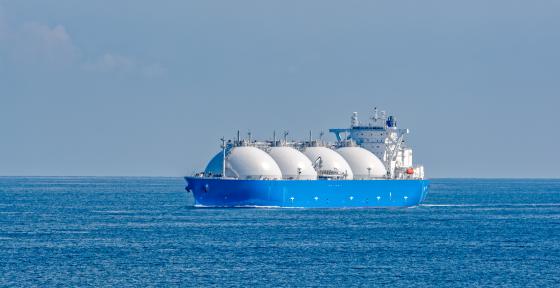EU gas supply sourcing costs fall in 2019 as prices are pressured by record LNG deliveries

According to ACER's preliminary assessment, gas supply sourcing costs in most EU Member States (MSs) fell by more than 3 euros/MWh in 2019 compared with 2018. The assessment considers prices of hub traded products, declared imports and domestically produced gas.
Record deliveries of liquefied natural gas (LNG) driven by international gas market dynamics, robust pipeline imports from Russia and Norway, and gas storages that had already been well stocked at the beginning of the injection season were some of the major contributing factors to EU hub's spot prices dropping to ten years' lows in 2019. This translated into much lower sourcing costs, even in MSs that do not directly import LNG, as gas flows were directed from low to high price markets. The process has been facilitated by the market design put in place by the third energy package and further refined by gas network codes.
Convergence in sourcing cost remained robust in 2019 among the majority of MSs. However, as gas prices did not fall simultaneously and to the same extent across all countries, there were some gas markets where the gap between their and the benchmark sourcing costs based on Title Transfer Facility (TTF) prices grew bigger than in recent years. This gap was largest for less integrated and diversified markets, where reliance on long-term contracts (LTCs) has remained high (prices of oil-indexed LTCs and hub prices tend to diverge in periods of hub price volatility, as the former do not necessarily respond to gas market developments).
Source: ACER calculation based on Eurostat Comext, ICIS Heren and NRAs. See MMR 2015, Annex 6 for details on the general methodology and specific data used for selected MSs.
Generally, the combination of marginal supply and market opportunity pricing explains the enduring sourcing cost differences between some MSs. Both are in turn affected by factors like competition, transportation costs, predominant sourcing mechanisms and market structure. Price differences may also appear between the various sourcing mechanisms within a country.
These aspects will be further examined in the next edition of the Gas Wholesale volume of the Market Monitoring Report, which will be published in September. The report will also contain the exact price estimates per MS and gas supply sourcing mechanism. Overall, in 2019 selected Central-East, South-South-East and Mediterranean MSs showed the highest prices, while most liquid Continental hubs, chiefly those more exposed to LNG, exhibited the cheapest ones.
In 2020, sourcing costs are likely to again fall, with the economic slowdown caused by the Coronavirus health crises depressing energy demand and prices.


